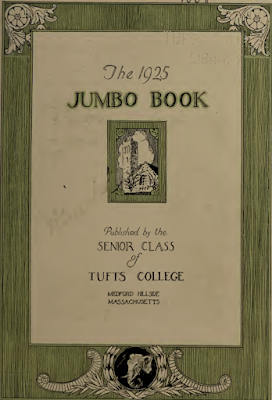My Dad, Harold David Burk, was born on September 29, 1909, and died on August 18, 1978, sadly just weeks before his 69th birthday. In loving memory of Dad's life, I'm posting his bite-sized bio here (in addition to posts on Find a Grave, Fold3, Ancestry, and other sites).
Harry was born in New York City, the second child of Lithuanian-born immigrant Isaac Burk (1882-1943) and Latvian-born immigrant Henrietta Mahler Burk (1881-1954) [source: NYC birth cert].
During World War II, Harry interrupted his career to enlist in the U.S. Army on March 7, 1942 and was discharged on October 4, 1945 [source: Dept. of Veterans Affairs BIRLS death file]. His younger brother Sidney B. Burk (1914-1995) also enlisted and served during WWII. In this photo from the war years, Harry is at left and Sidney at right.
Because Harry had good typing skills, he served as a personnel clerk, Technician 5th grade, in the 3163d Signal Service Company of the U.S. Army Signal Corps. His official designation was Administrative NCO 502 [source: DD-214 discharge papers]. His unit served in Central Europe and Rhineland, maintaining communication lines in support of Allied military efforts [source: DD-214]. Toward the end of the war, Harry and his unit were stationed near Paris, in April 1945.
After his honorable discharge, Harry returned home and married Daisy Schwartz (1919-1981) on November 24, 1946, in New York City [source: NYC marriage cert]. They settled in the Bronx, New York, and raised three children. He founded a successful travel agency, Burk Travel Service, working with his brother in their lobby office at the luxurious Manhattan hotel, the Savoy Plaza [source: business documents].
Harry reluctantly retired after the hotel was torn down in 1965 to make way for construction of the General Motors Building. He died of a heart attack on August 18, 1978 in the Bronx, New York, and is buried in Mount Hebron Cemetery in Flushing, NY [source: NYC death cert].
Remembering Dad and missing him today.



























